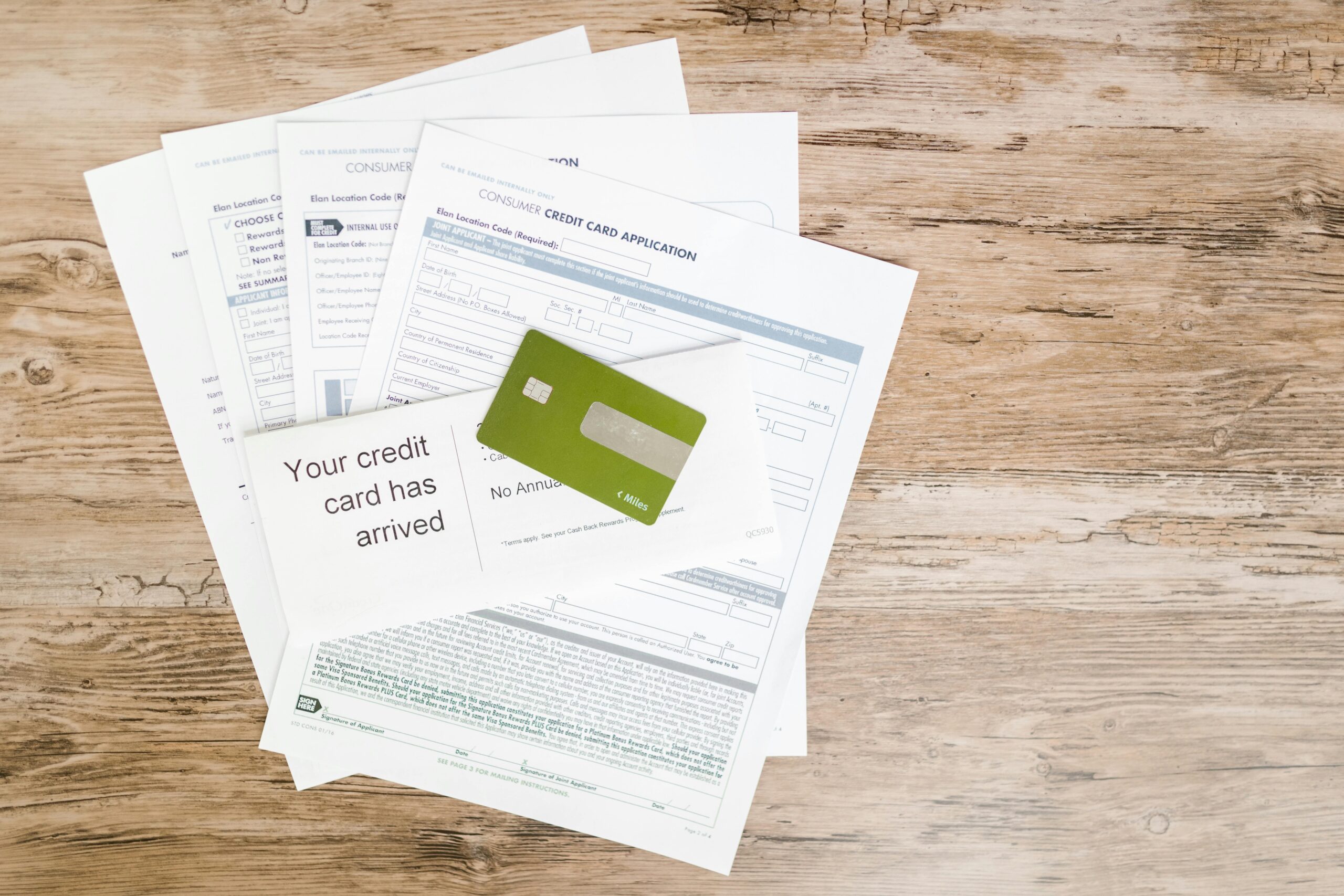“Ever felt like drowning in loan payments with no lifeboat in sight?” That’s where deferment application forms come into play—a financial tool designed to hit pause on your loans. Whether it’s student loans, car loans, or credit card balances, deferments can provide temporary relief during tough times. In this guide, we’ll walk you through everything you need to know about deferment application forms, step-by-step strategies, best practices, and real-world examples.
Table of Contents
- Key Takeaways
- What Are Deferment Application Forms?
- How to Fill Out a Deferment Application
- Tips for Success
- Success Stories
- Frequently Asked Questions
Key Takeaways
- Deferment temporarily pauses loan payments without penalty.
- Filling out the correct deferment application form is crucial to avoid delays.
- Eligibility criteria often include financial hardship, unemployment, or enrollment in school.
- Failing to submit all required documentation can derail your application process.
- Always check lender-specific guidelines before proceeding.
What Are Deferment Application Forms? And Why Do They Matter?
Let’s dive deep. Imagine being slammed by unexpected medical bills or suddenly losing your job—sounds stressful, right? Now imagine having an option that could give you breathing room while sorting things out. That’s precisely what deferment application forms offer. These documents allow borrowers to request a period where they don’t have to make monthly payments without accruing late fees or penalties.

An infographic explaining the deferment process.
But here’s the catch: not every loan type qualifies for deferment, and rules vary widely between lenders. For instance, federal student loans may offer more flexibility than private auto loans. So, let’s get practical and learn how to navigate these forms effectively.
How to Fill Out a Deferment Application Form (The Right Way)
Before diving headfirst into paperwork, remember: precision matters. Missing even one detail can mean rejection, which means missing out on much-needed relief. Let’s break this down:
Step 1: Gather All Necessary Documentation
This isn’t just fluff—it’s vital. Collect proof of income loss, unemployment benefits statements, or proof of enrollment if you’re back in school. Lenders need evidence to approve your request.
Step 2: Download the Correct Form
Not all deferment application forms are created equal. Federal loans use standardized forms found on their official website. Private lenders might require proprietary ones. Double-check which version applies to your situation.
Step 3: Complete Every Field Carefully
Sloppy handwriting or incomplete fields can lead to denials. If submitting online, triple-check for typos and ensure uploaded files are clear and legible.
Step 4: Submit Before Deadlines Hit
Don’t procrastinate until after your next payment deadline—you risk falling behind and damaging your credit score. Opt for electronic submissions whenever possible; they’re faster and trackable.
Tips for Navigating Deferment Application Forms Smoothly
- Contact Your Loan Servicer Early: Don’t wait until you miss a payment. Proactive communication can help.
- Keep Copies of Everything: Save physical and digital records of your submitted forms, emails, and any correspondence.
- Follow Up Regularly: Silence from your lender doesn’t mean approval. Politely follow up to confirm receipt and status.
- Avoid This Terrible Tip at All Costs: “Just ignore the problem and hope it goes away.” Spoiler alert: It won’t.
Real-Life Success Stories
Meet Sarah, a single mom who lost her part-time retail job during the pandemic. Overwhelmed by mounting debt, she reached out to her student loan provider and discovered she qualified for economic hardship deferment. By following our guide, she completed her deferment application forms accurately and within weeks received approval. Fast forward six months later, she secured new employment and resumed regular payments—all thanks to taking action early.

Sarah celebrating her successful deferment approval.
Frequently Asked Questions About Deferment Application Forms
Do I Qualify for Loan Deferment?
Qualification depends on factors like income level, employment status, and specific loan terms. Always consult your lender directly to determine eligibility.
Will My Credit Score Be Affected During Deferment?
Nope! Properly processed deferments won’t harm your credit score since they aren’t considered missed payments.
Can I Apply for Multiple Types of Deferments Simultaneously?
Possibly, but complexity increases exponentially. Consider focusing on one primary source of relief first.
Conclusion
Optimistic You: “Wow, applying for deferment sounds way easier now!”
Grumpy Me: “Yeah, yeah—but only stick to legit advice, okay?” To recap, mastering deferment application forms starts with understanding eligibility, filling them out meticulously, and keeping open lines of communication with lenders.
And because nostalgia heals wounds best… Like a Tamagotchi needing daily care, so does staying proactive with your finances.


